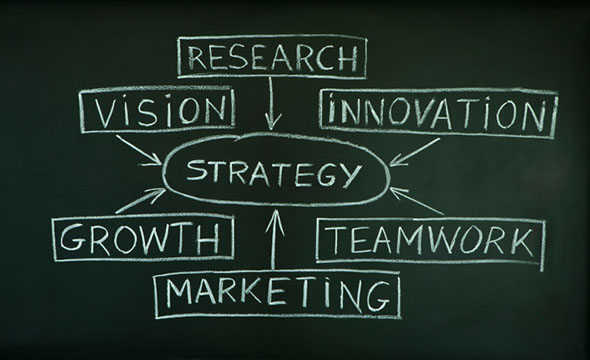Marketing with Posters
Poster marketing has been a popular way to spread the word for more than 200 years, dating back to posters for everything from World’s Fairs, recruitment, and war propaganda to bicycles and bullfights. Today, posters continue as a flexible marketing tool for publicizing upcoming events, promoting ideas, and advertising new products and services. Here are a few benefits of poster marketing:
- Versatility. Posters can be printed on a variety of surfaces, protected with UV coating or laminating, and mounted or framed. As a result, they can be used either indoors or outdoors in any number of ways.
- Simplicity. Because posters are created for viewers on the move, some of the best posters don’t say much. Effective posters capture the viewer’s attention immediately — often with large, eye-catching graphics, a catchy headline, and a web address that is easy to remember. You can then provide more detailed information on your website and entice readers to join your mailing list for additional updates.
- Any size you need. When creating posters, think about where you plan to display them. While the most popular posters are 24″x36,” this large size would be overpowering on corkboard displays (which would be much better suited to an 11″x17″ poster).
- Fresh factor. Because posters offer a high-quality, low-cost marketing solution with fast turnaround, replacing posters frequently with new content is a great way to prevent your advertising efforts from going stale.
Give us a call if you need help creating posters that will make an exciting addition to your marketing materials. Our creative experts specialize in bringing great ideas to life!









